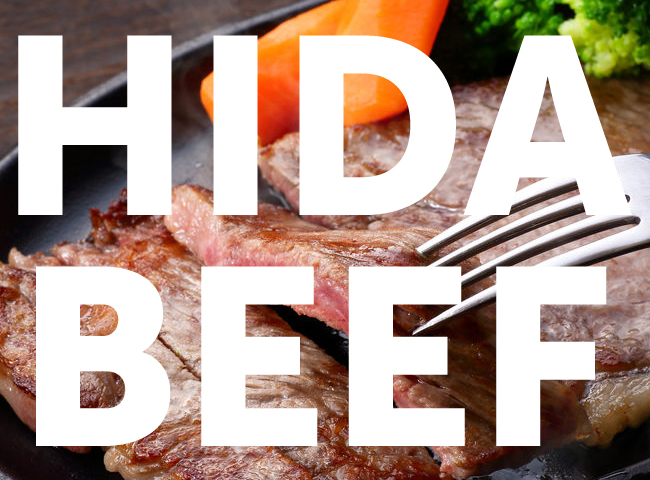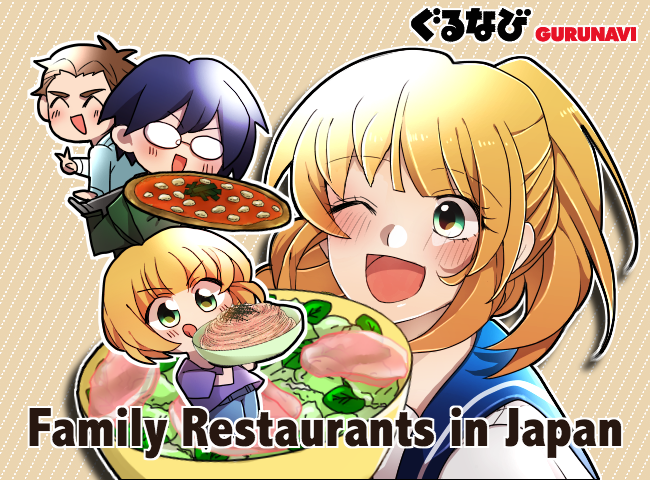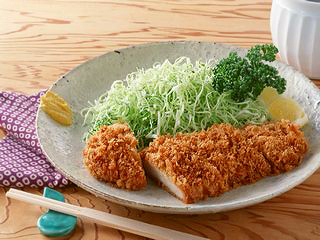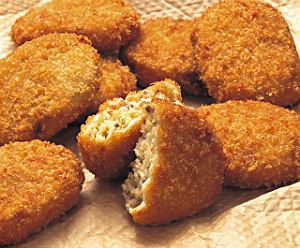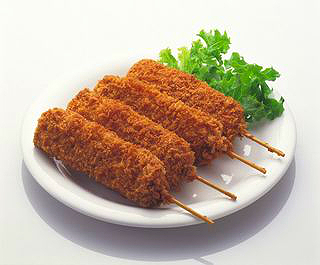Guide to Teppanyaki: a Feast for All the Senses

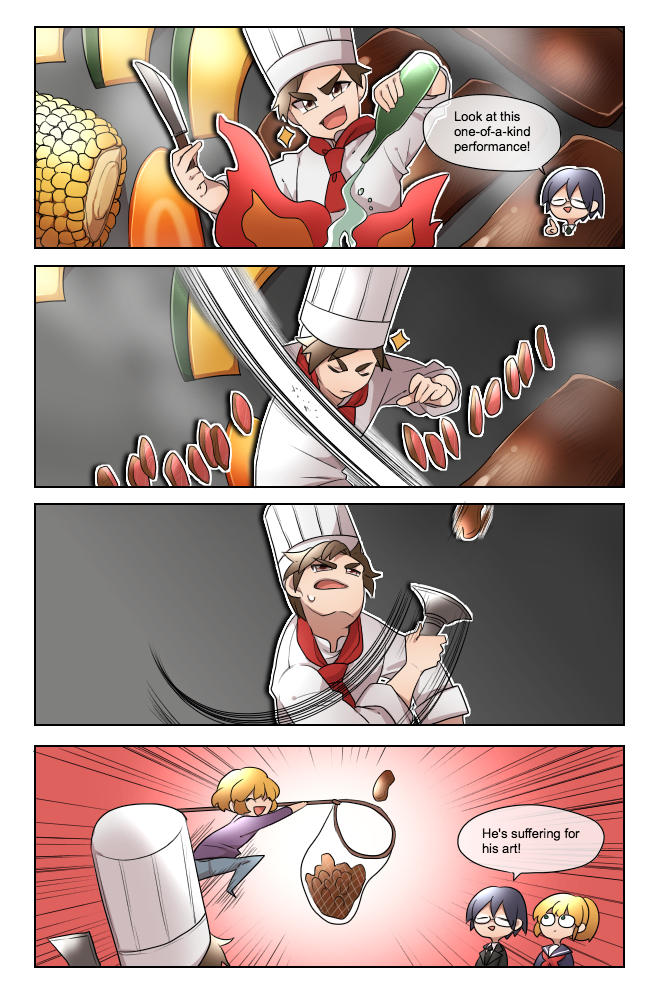
Teppanyaki is a modern style of Japanese cuisine based around an open iron cooktop, where the food is grilled right in front of the customers. The experience is turned into a performance. Often referred to as “hibachi” outside of Japan, a teppanyaki meal features various courses of meat, seafood, and vegetables cooked tableside by a highly-skilled chef. The dining style is thought to have originated in Japan in the post-war era, when a Japanese restaurant chain seeking to emulate American-style steakhouses became a huge hit overseas.
This type of food entertainment is said to have been founded by the Misono steak restaurant in Kobe, following the model of conveyor belt sushi restaurants. Most teppanyaki restaurants use expensive, high-quality ingredients, making it an expensive meal for special occasions. For this reason, Japanese TV dramas and movies often show people of high social status, such as politicians or doctors, enjoying teppanyaki as a meal and as a reason for conversation. Also, there are many similar types of grilled food that involves using a hot plate like teppanyaki does. Okonomiyaki or monjayaki can also be called "teppanyaki".
What is Teppanyaki?
The Equipment
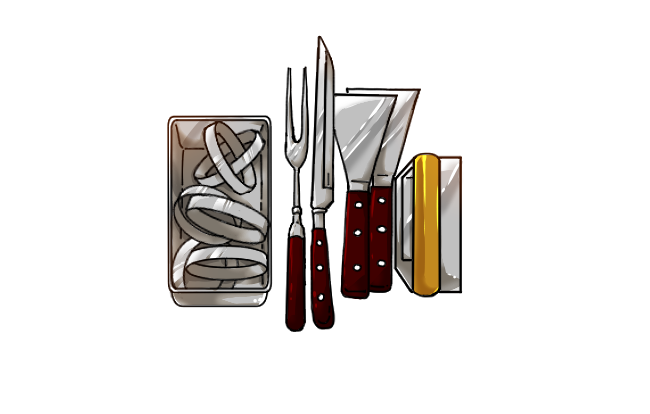
At the heart of teppanyaki is the flat, wide iron grill, known as a “teppan”, which was invented after the introduction of modern iron manufacturing in Japan. From early on, teppan-style cuisine was popular in the western Kansai region with dishes such as okonomiyaki (a savory pancake) and yakisoba fried noodles, but it was Tokyo teppanyaki steakhouses that brought the teppan grill to the forefront of the restaurant.
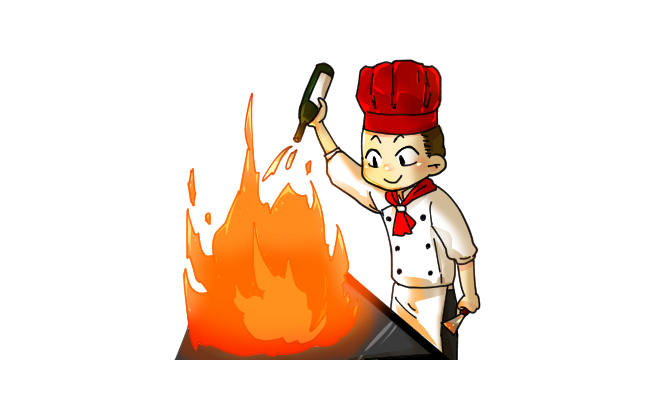
In teppanyaki restaurants, the teppan grill is located tableside with the chef cooking directly in front of the guests. Teppanyaki cooking typically emphasizes fresh ingredients grilled with very little oil, although shoyu-based sauces made be used along with dipping sauces for serving. The chef employs metal spatulas and a grill fork for manipulating the ingredients as well as a large, razor-sharp knife.
The Theatrics of Teppanyaki

One central aspect of teppanyaki dining is the chef’s demonstration of dynamic cooking techniques, which can make the experience similar to dinner theater. This includes flipping cooked prawns onto diners’ awaiting plates, slicing and cutting meat and seafood with precision, and setting flame to diced onions stacked in the shape of a volcano. While some of the more showy dinner show techniques are employed less frequently in Japan than overseas, teppanyaki chefs in Japan are culinary experts working with the highest quality ingredients, so you’re sure to enjoy an excellent meal.
Teppanyaki Food and Courses

The menu may differ from restaurant to restaurant, but most teppanyaki establishments offer a Western-style course meal with a Japanese twist. Course menus typically start with an appetizer (called “zensai”), as well as soup and salad, followed by a seafood course, a meat dish for the main course, a rice dish, and then dessert with coffee and tea.
The appetizer course may feature dishes such as seaweed salad or a fresh fish carpaccio. The soup may range from traditional miso soup to seasonal offerings, such as kabocha pumpkin bisque in the winter or a potage of spring cabbage and new onions in the spring. Fresh assorted sashimi may also be served at the beginning of the meal.
Seafood
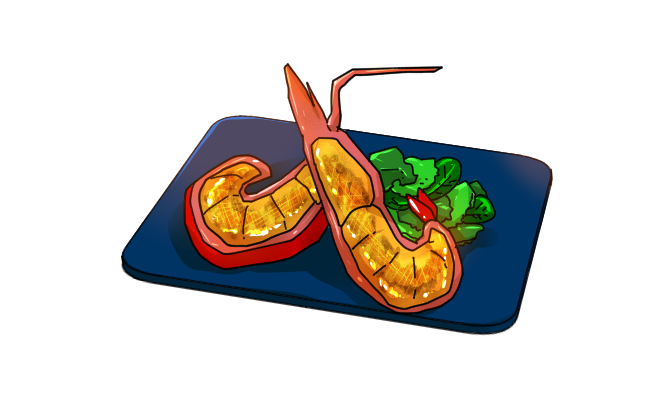
For the seafood course, grilled prawns and scallops are popular ingredients, and allow the chef a chance to demonstrate their showmanship at the grill. It’s also a good opportunity to sample premium Japanese seafood, such as Ise spiny lobster and black abalone from Hokkaido, which are guaranteed to be grilled to perfection.
Beef

As teppanyaki represents the Japanese take on American-style steakhouses, it’s no surprise that the meat course is the star of the meal. Teppanyaki dining in Japan offers the perfect opportunity for enjoying one the premium domestic brands of black-haired wagyu beef, including Matsutaka, Omi, and Kobe beef. The fine marbling of Japanese beef provides a rich sweetness that is never overly greasy or fatty, and many Japanese restaurants are now dry-ageing their beef for additional flavor.
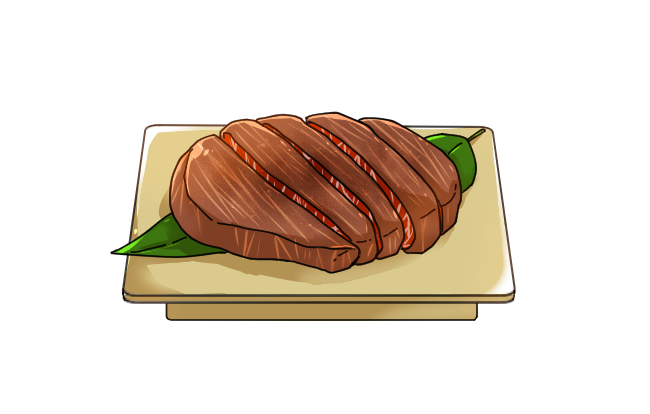
Because the entire meal is cooked tableside, you can be sure that your steak will be cooked to the exact doneness that you prepare. Enjoy it with condiments like fried garlic chips, various flavors of rock salt, freshly ground pepper, grated wasabi root, and grainy mustard.
Rice
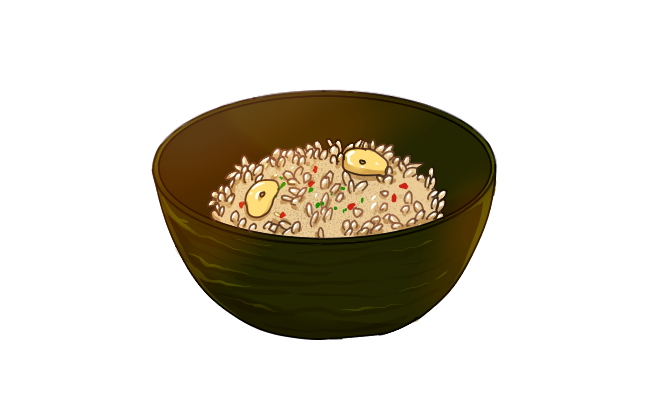
A rice course of risotto or fried rice and egg cooked directly on the teppan cooktop is usually also included. Especially dexterous chefs may show off their skill by flipping and tossing the egg into the air using their spatula before breaking and frying it on the grill.
Dessert
A dessert such as a sorbet, cake, or pastries with coffee or tea round out a satisfying, filling meal.
Teppanyaki Food Is Grilled to Perfection and Served in Style
Teppanyaki restaurants are already popular worldwide, but for locally sourced premium Japanese ingredients like A5 wagyu beef and fresh abalone, be sure not to miss teppanyaki dining in Japan. Browse Gurunavi’s list of teppanyaki restaurants in Japan to find somewhere near you!




